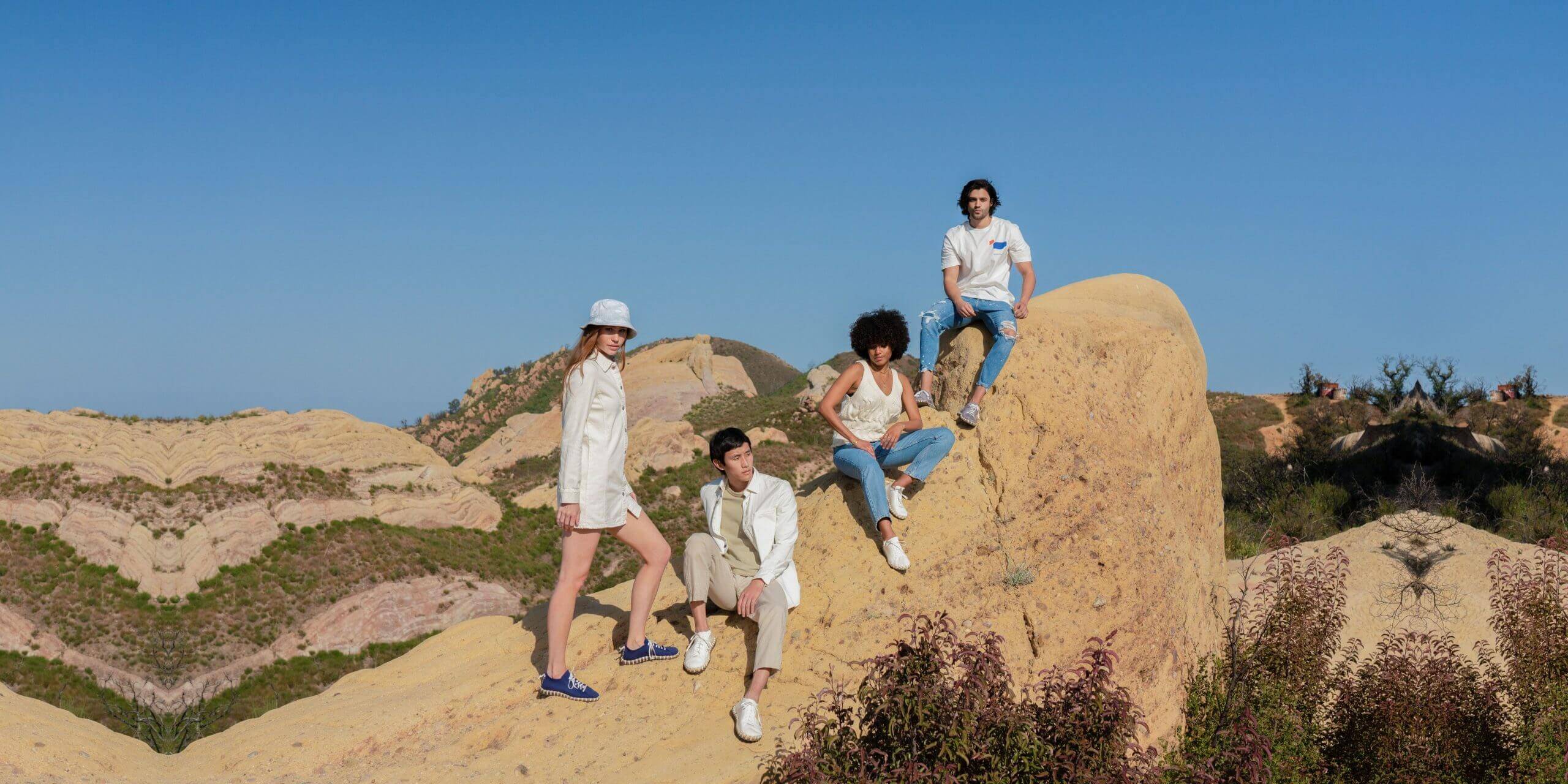![]()
Source: Kengos
The Kickstarter community can be a blessing and a curse. I did a Kickstarter for my brand arch after years of funding out of my pocket. For me, Kickstarter was great. I had already made and sold shoes before. I understood my size runs and I knew that I had to really plan the launch or I could find myself in a position that would have hurt the business, no matter how much money I raised. (Ask me about this and I’ll explain it better.) A few years ago a sustainability focused shoe company named Scoots funded on Kickstarter to the tune of $46K. As with all Kickstarters this is when the real work began. A quick browse through the comment section of the campaign reveals sizing issues and slow production, but that happens with most Kickstarter projects.

Most of the time a company kind of fades away after a Kickstarter, except for Three Over Seven. That sustainable brand became something much bigger. Kickstarters are deceptive. They can lull a brand into thinking that they’ve generated their success on their own. The problem is the eco-system around Kickstarter drives the engagement and backers there don’t follow the brand from Kickstarter to their platforms. Those backers like supporting good ideas on Kickstarter. In short, those are not your customers. They can be, if the brand makes the necessary adjustments after running a campaign.
The guys behind Scoots, CEO Dave Costello and CPO Micah Heftman, took the feedback and comments. They also understood that the pineapple leather they used in their original shoes, wasn’t as eco-friendly as they wanted and they flipped the script. The team shifted gears and landed on the catchy name, KENGOS. The shoes they have created now are much more sustainable and can be broken down into a few materials; all of which are able to be recycled:
- Kengos are 87% plant-based; our goal is 100% by 2022.
- UPPER = CORN & EUCALYPTUS
- MIDSOLE = CORK & COTTON
- OUTSOLE = NATURAL RUBBER
- Laces & Webbing = CORN
I’ve made the argument that there shouldn’t be anymore new footwear companies. I stopped making shoes myself because I felt that another shoe would equate to more product being created. The more I learn about sustainability, the more I realize that in order for footwear companies to be truly sustainable, they all would have to stop producing shoes and find a way to create new product from existing shoes. This will never happen. I’ve adjusted my position now. Brands like KENGOS have a right to exist, especially when they build a foundation on more responsible product development.




Smaller companies can do what bigger brands aren’t willing to do. They can produce less and make it better. Consumption has to become conscientious and thoughtful. Smaller brands like KENGOS push bigger brands to be better. That shouldn’t be the focus though. They deserve to share in the marketplace, don’t they? How does a company with a limited number of SKUs gain ground? Can a company with a shoe that looks a lot like a moccasin create any sort of disruption? Are you willing to give KENGOS a try?

Think about this, Scoots made their product in Portugal. This meant that the carbon footprint made via shipping wiped out any benefits of the shoe being sustainable. Add to this that the cactus leather has plastics in many cases and the initial foray into footwear was built on a shaky ground. KENGOS now produces their footwear in Leon, Mexico. The product can be transported via truck, lowering the carbon footprint considerably when compared to Allbirds who builds their footwear in China, no shade. Sustainability is a catch phrase, but KENGOS is doing as good as any brand I’ve seen. What do you think about Kengos?

